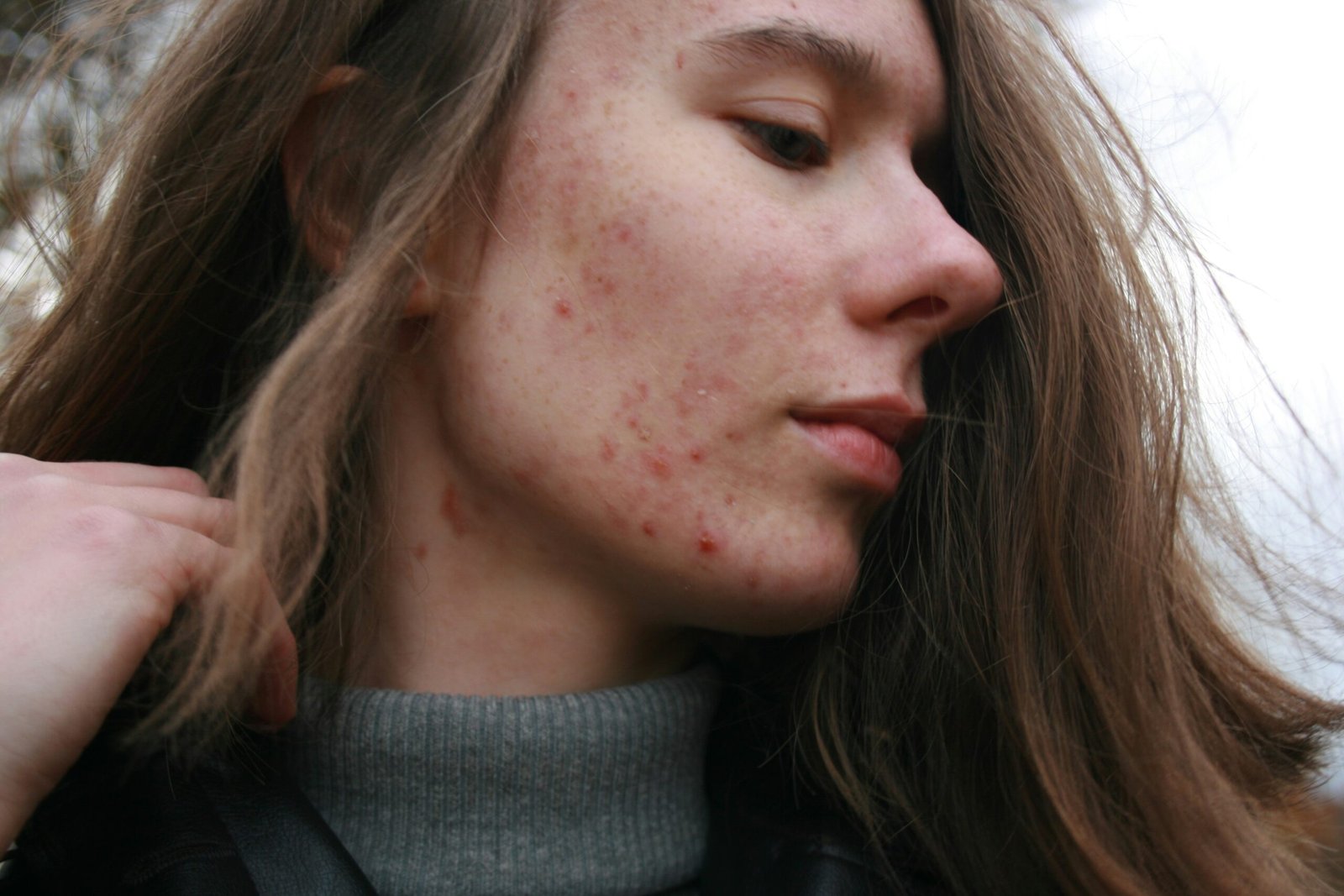Hyperpigmentation and dark spots can be stubborn, but the right serum—paired with patience and consistency—can dramatically improve your skin’s tone and clarity.
This guide covers everything you need to know:
- What causes dark spots
- Which ingredients truly work
- How to use serums correctly for maximum results
- Dermatologist-approved product recommendations
- FAQs answered with science-backed insights
What Causes Dark Spots and Uneven Skin Tone?
Dark spots form when your skin produces excess melanin, the pigment responsible for color. Triggers include:
- Sun exposure – UV rays stimulate melanin overproduction, causing freckles, sunspots, and overall darkening.
- Hormonal changes – Conditions like melasma often arise during pregnancy, with birth control, or menopause.
- Post-inflammatory hyperpigmentation (PIH) – Dark marks left behind after acne, eczema, or injury.
- Aging – Slower skin turnover and accumulated sun damage can make pigmentation more noticeable.
- Certain medications or skin care reactions – Some drugs or harsh treatments can cause pigmentation changes.
Prevention Tip: Use SPF 30+ every day, even indoors. UV rays penetrate windows and can undo weeks of serum use.
Key Ingredients Proven to Fade Dark Spots
Not all serums are created equal. Dermatologists recommend looking for active ingredients with peer-reviewed clinical evidence.
1. Vitamin C (L-Ascorbic Acid or Derivatives)
- How it works: Antioxidant protection + inhibition of tyrosinase (enzyme needed for melanin production).
- Best for: Dullness, sunspots, early pigmentation.
- Extra benefit: Boosts collagen for firmer skin.
Top Pick:
- SkinCeuticals C E Ferulic – Dermatologist gold standard for vitamin C potency (15% L-ascorbic acid with vitamin E and ferulic acid for stability).
- Budget option: La Roche-Posay Pure Vitamin C10 Serum – Gentle yet effective.
2. Niacinamide (Vitamin B3)
- How it works: Reduces pigment transfer between skin cells, calms inflammation, strengthens skin barrier.
- Best for: Sensitive skin prone to redness or post-acne marks.
Top Pick:
- The Ordinary Niacinamide 10% + Zinc 1% – Affordable, non-irritating, great for oily and acne-prone skin.
- Mid-range: Paula’s Choice 10% Niacinamide Booster – Lightweight and layers well with other serums.
3. Retinol (Vitamin A Derivatives)
- How it works: Speeds up cell turnover, revealing new, even-toned skin.
- Best for: Stubborn pigmentation, acne scars, fine lines.
- Caution: Introduce slowly to avoid irritation.
Top Pick:
- CeraVe Resurfacing Retinol Serum – Gentle formula with niacinamide for added soothing.
- Luxury: SkinMedica Retinol Complex 0.5 – Highly effective, professional-grade.
4. Kojic Acid
- How it works: Natural tyrosinase inhibitor from fungi fermentation, effective at fading dark spots.
- Best for: Sunspots, melasma.
Top Pick:
- Melano CC Intensive Anti-Spot Essence – Popular in Asian skincare routines for targeted dark spot treatment.
5. Alpha Arbutin
- How it works: Slowly releases hydroquinone to inhibit melanin production without the harshness.
- Best for: All skin tones, especially darker complexions.
Top Pick:
- The Ordinary Alpha Arbutin 2% + HA – Affordable and effective when used consistently.
6. Tranexamic Acid
- How it works: Reduces hyperpigmentation by interfering with melanin synthesis pathways.
- Best for: Stubborn, hormonally triggered pigmentation like melasma.
Top Pick:
- The Inkey List Tranexamic Acid Serum – Lightweight, budget-friendly.
How to Apply Serums for Maximum Results
Even the best formula won’t work if applied incorrectly. Follow this dermatologist-approved routine:
- Cleanse – Use a gentle, sulfate-free cleanser.
- Apply serum – Use 2–4 drops and gently press into skin, focusing on problem areas.
- Wait – Let it absorb for 1–2 minutes.
- Moisturize – Seal in hydration and enhance absorption.
- SPF – Mandatory in the morning to prevent new pigmentation.
Pro Tips:
- Use vitamin C in the morning, retinol at night.
- Avoid mixing too many strong actives at once—alternate days for potent ingredients.
- Always patch-test new products to prevent irritation.
Expected Timeline for Results
- 4–6 weeks – Brighter skin, reduced dullness.
- 8–12 weeks – Noticeable fading of dark spots and more even tone.
- Ongoing – Consistent use plus SPF maintains and improves results.
Best Hyperpigmentation Serum Sets to Try
If you prefer an all-in-one system:
- Murad Rapid Dark Spot Correcting Serum + Essential-C Day Moisturizer SPF 30 – A vitamin C + niacinamide powerhouse with built-in sun protection.
- Obagi Professional-C Serum + Obagi Retinol 0.5 – High-potency antioxidants and retinol for faster turnover.
FAQs About Hyperpigmentation Serums
Q: Which serum works fastest?
A: Products combining vitamin C, niacinamide, and retinol—like Murad Rapid Dark Spot Correcting Serum—often show results in 4–6 weeks.
Q: Are these serums safe for darker skin tones?
A: Yes, especially niacinamide, alpha arbutin, and tranexamic acid, which fade pigmentation without risk of hypopigmentation.
Q: Can I use more than one serum?
A: Yes—layer from thinnest to thickest texture and use actives at different times of day.
Key Takeaways
- Targeted actives work—choose serums with vitamin C, niacinamide, retinol, kojic acid, alpha arbutin, or tranexamic acid.
- Consistency + SPF are essential—without sunscreen, pigmentation will return.
- Patience pays off—expect full results in 8–12 weeks.
With the right product and method, you can fade stubborn dark spots and reveal a brighter, even complexion—all backed by dermatologist science.











